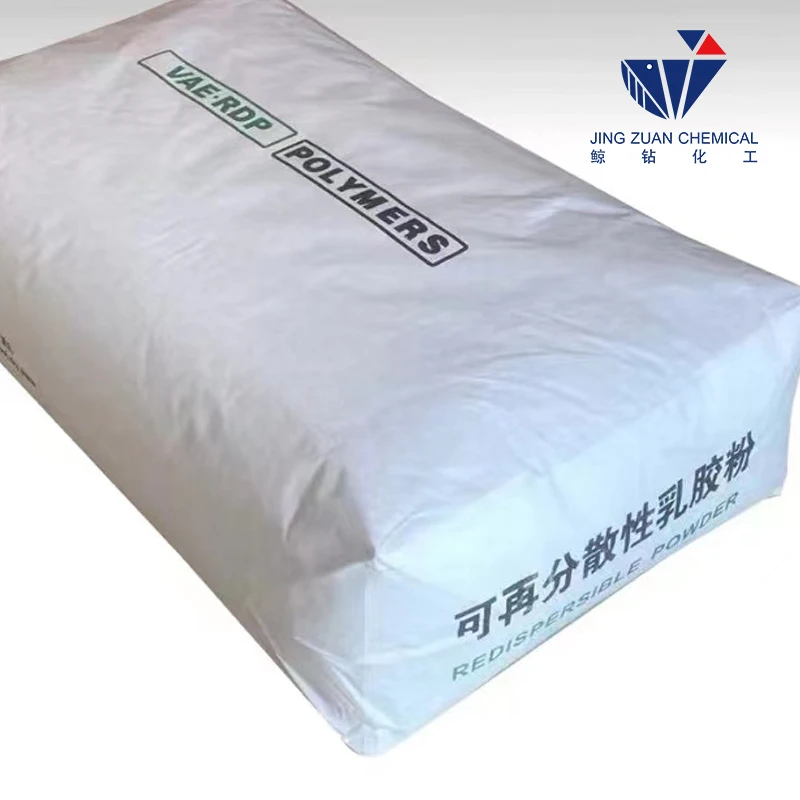
Nov . 04, 2024 20:52 Back to list
hydroxyethyl cellulose hec
Hydroxyethyl Cellulose (HEC) A Versatile Polymer in Modern Applications
Hydroxyethyl cellulose (HEC) is a water-soluble polymer derived from cellulose, a structural component of plant cell walls. It is synthesized through the etherification of cellulose, where ethylene oxide is introduced into the cellulose matrix. This modification not only enhances the solubility of cellulose in water but also provides it with unique properties that make it suitable for a wide range of applications across various industries.
One of the most significant features of HEC is its thickening and gelling abilities. When dispersed in water, HEC can create stable gel-like solutions that are useful in various formulations. This property is especially valued in the cosmetic and personal care industries, where HEC is commonly used as a thickening agent in products such as shampoos, conditioners, lotions, and creams. Its ability to impart a smooth texture and enhance the viscosity of formulations makes it a preferred choice for formulators seeking to improve product performance and aesthetics.
Hydroxyethyl Cellulose (HEC) A Versatile Polymer in Modern Applications
In the realm of pharmaceuticals, HEC is utilized as a binder and thickening agent, particularly in the formulation of oral medications and topical ointments. Its biocompatibility and safety have made it a favored excipient, aiding in the controlled release of active pharmaceutical ingredients. Additionally, HEC's water-retaining properties are significant in the development of hydrogels, which are crucial in wound care applications, providing a moist healing environment that accelerates recovery.
hydroxyethyl cellulose hec

The paint and coatings industry also benefits from the unique properties of HEC. It is employed as a thickener to improve the viscosity of water-based paints and coatings, allowing for better application and smoother finishes. HEC enhances the flow characteristics, making it easier to achieve even application while preventing drips and runs. Its use in this sector highlights HEC's versatility beyond traditional applications.
Moreover, HEC finds its place in the construction industry, particularly in the formulation of mortars and adhesives. HEC improves workability, enhances water retention, and provides a level of flexibility to the mix, which is crucial for ensuring adherence and longevity in construction materials. The use of HEC in construction is a testament to the polymer's adaptability and importance in modern building practices.
The environmental impact of materials has become a significant consideration in recent years. HEC stands out as a biodegradable polymer that aligns with sustainable practices. As industries strive to reduce their ecological footprint, the demand for biopolymers like HEC is expected to rise. Its renewable source, derived from cellulose, further complements the drive towards sustainable development.
In conclusion, hydroxyethyl cellulose is an invaluable polymer with diverse applications spanning various sectors, including cosmetics, food, pharmaceuticals, paints, and construction. Its unique properties, such as thickening, gelling, and water retention, make it a versatile ingredient in many formulations. As industries continue to prioritize sustainability, HEC’s biodegradable nature and eco-friendliness position it well for future innovations. The ongoing research and development in enhancing its properties and applications will likely lead to even broader uses, cementing HEC's role as a vital component in modern material science.
-
Versatile Hpmc Uses in Different Industries
NewsJun.19,2025
-
Redispersible Powder's Role in Enhancing Durability of Construction Products
NewsJun.19,2025
-
Hydroxyethyl Cellulose Applications Driving Green Industrial Processes
NewsJun.19,2025
-
Exploring Different Redispersible Polymer Powder
NewsJun.19,2025
-
Choosing the Right Mortar Bonding Agent
NewsJun.19,2025
-
Applications and Significance of China Hpmc in Modern Industries
NewsJun.19,2025







